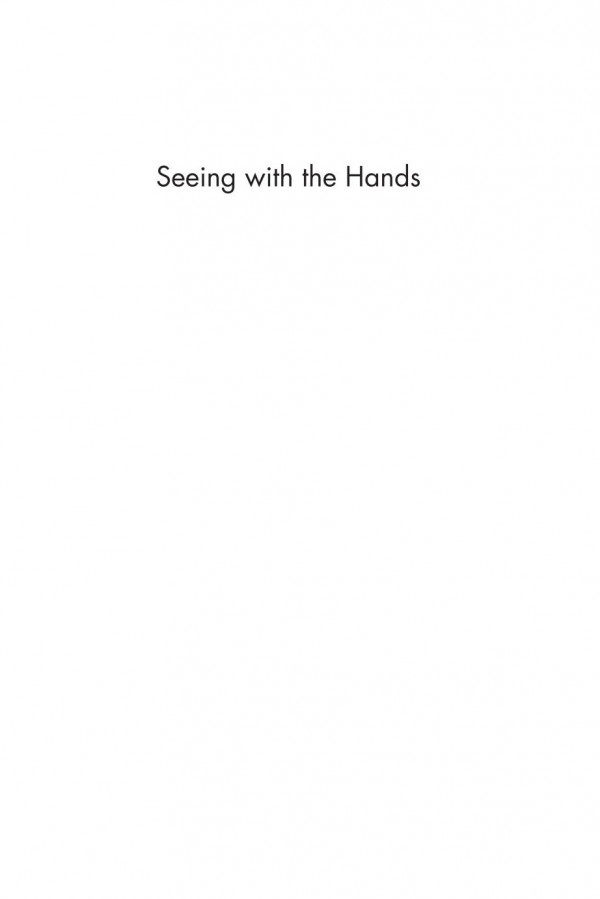

Most ebook files are in PDF format, so you can easily read them using various software such as Foxit Reader or directly on the Google Chrome browser.
Some ebook files are released by publishers in other formats such as .awz, .mobi, .epub, .fb2, etc. You may need to install specific software to read these formats on mobile/PC, such as Calibre.
Please read the tutorial at this link: https://ebookbell.com/faq
We offer FREE conversion to the popular formats you request; however, this may take some time. Therefore, right after payment, please email us, and we will try to provide the service as quickly as possible.
For some exceptional file formats or broken links (if any), please refrain from opening any disputes. Instead, email us first, and we will try to assist within a maximum of 6 hours.
EbookBell Team

4.4
72 reviewsThe “man born blind restored to light” was one of two foundational myths of the Enlightenment, according to Foucault. With ophthalmic surgery in its infancy, the fascination with blindness and what the blind ‘see’ once their vision is restored remained largely hypothetical. Was being blind, as Descartes once remarked, like ‘seeing with the hands’? Did evidence from early ophthalmic surgery resolve debates about the relationship between vision and touch in the newly sighted? Has the standard representation of blind figures in literature been modified by recent autobiographical accounts of blind and vision impaired writers and poets?
As this book shows, much interest in the philosophy and psychology of blindness was prompted by the so-called ‘Molyneux Question’ which Irish scientist Molyneux asked of English philosopher Locke in 1688. The question concerns ‘sensory substitution’, the translation between vision and touch, which would effect practical outcomes for the blind, including the development of Braille, the first school for the blind in Paris, and even present day Tactile-Visual Sensory Substitution (TVSS) technologies. Through an unfolding historical, philosophical, and literary narrative that encompasses Locke, Molyneux, and Berkeley in Britain, and Diderot, Voltaire, and Buffon in France, this book explores how the Molyneux Question and its aftermath has influenced attitudes towards blindness by the sighted, and technologies for the blind and vision impaired, to this day.